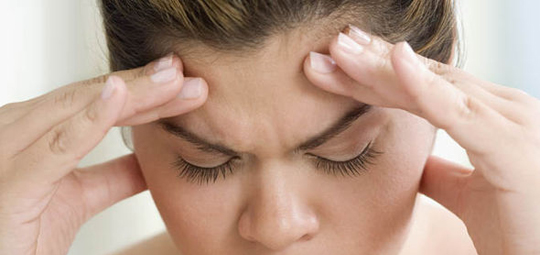Washington, Apr 14: A new study has found that both obesity and being underweight may increase the risk of developing migraine.
Migraine is the most common and painful thing that a person can experience. It is often caused by many factors like stress, strong odours, hormones, dietary changes and smoking.

The study found that obese people were 27 percent more likely to have migraine than people of normal weight.
People, who were underweight, were 13 percent more likely to have migraine than people of normal weight.
The study author B. Lee Peterlin from Johns Hopkins University's school of medicine said, "As obesity and being underweight are potentially modifiable risk factors for migraine, awareness of these risk factors is vital for both people with migraine and doctors."
Peterlin added, "More research is needed to determine whether efforts to help people lose or gain weight could lower their risk for migraine."
The researchers looked at all available studies on Body Mass Index (BMI) and migraine.A total of 12 studies with 2, 88, 981 participants were included in the meta-analysis.Obesity was defined as a BMI of 30 or higher.Underweight was defined as a BMI of less than 18.5.Peterlin explained, "Both obesity disease risk and the occurrence of migraine is more common in women and in younger people."
She explained, "It's not clear how body composition could affect migraine. Adipose tissue, or fatty tissue, secretes a wide range of molecules that could play a role in developing or triggering migraine. It's also possible that other factors such as changes in physical activity, medications, or other conditions such as depression play a role in the relationship between migraine and body composition."
The study appeared in journal of the American Academy of Neurology.





Comments
Add new comment